|
The brown marmorated stink bug (BMSB) has been the bane of both farmers and homeowners for the past decade. These invasive pests, native to eastern Asia, have an incredibly broad host range that encompasses a wide array of food crops and ornamentals. Much work has been done on the damage BMSB can do in vegetable and field crop systems by faculty members Galen Dively and Cerruti Hooks. Speaker Erik Bergmann's work has instead focused on ornamental systems, worth an estimated $2 billion annually in Maryland alone. By looking at host use by BMSB, Erik hopes to find a way to essentially 'design' these insects out of landscapes. Representing two years of research, the data set that Erik has assembled is truly colossal. Over 5,000 individial plants were surveyed nearly 54,000 times with 34,000 insects counted overall. While looking at host plant use is nothing new, Erik's study is the first of its kind to look at BMSB host use at the cultivar level, information which is significantly more useful to growers than broad generalizations about plant species or genera. Cultivars can be thought of as breeds or varieties of a plant species that differ from one another in a number of ways, such as appearance or hardiness. By learning which cultivars are more susceptible to stink bug attack, growers can plant the species or genus they desire and minimize BMSB damage. While very polyphagous, BMSB does show some host preference. By looking at the use of different plant cultivars by different life stages of BMSB, Erik was able to determine which plants were preferred by BMSB. Several striking trends became apparent. First, BMSB vastly preferred angiosperms to gymnosperms. Second, they generally preferred non-Asian hosts to Asian hosts. However, this sometimes differed from genus to genus. For example, BMSB preferred Asian over non-Asian cedars but preferred non-Asian over Asian pine cultivars. Two hypotheses seek to explain this preference for Asian or non-Asian plant cultivars. The first, known as the enemy release hypothesis, posits that insects will eat plants that are familiar to them and exist in their native range. An alternative hypothesis (and one that Erik believes more likely in the case of BMSB) is known as defense free space, which suggests that insects will take advantage of plants that cannot defend themselves from attack. Armed with the knowledge gained from this research, hopefully greater effort can be made to employ cultural control practices to design the brown marmorated stink bug out of our farms and out of our landscapes. About Thomas:
Thomas Pike is a second year masters student in Paula Shrewsbury's lab conducting research on ornamental IPM. His primary research focus is on the effects of entomopathogenic fungi on the brown marmorated stink bug and their potential as a biological control. Lijuan Du is a senior PhD. student in the Department of Entomology at the University of Maryland in College Park, MD. Having completed her bachelor’s degree in bioengineering at the prestigious Shanghai Jiaotong University in China, she began her graduate work in 2009 under the supervision of Dr. Jian Wang, whose lab specializes in using Drosophila as a model organism in the field of genetics. The fruit fly, Drosophila melanogaster, has been a model organism for over one hundred years to study genetics and developmental biology. Countless researchers work with it, and an impressively large amount of data has been accumulated thanks this work. It has been a successful model organism for many reasons. It is small, has a simple and easily produced diet, and has a short life cycle which allows many generations to be produced in a short period of time. There are mutants available for a large number of genes, and new mutations can be induced very easily. It also has a small, compact genome of only 165 million base pairs in length, containing about 14,000 genes. One of the most interesting things about D. melanogaster is that it has orthologs to about 62% of human disease genes allowing it to serve as model for the study of many biomedical processes. Neuronal morphogenesis is studied by working with D. melanogaster’s mushroom bodies (centers similar to the hippocampus in the human brain), centers for olfactory mediated learning and memory. Within the mushroom bodies there are 3 major classes of intrinsic neurons (γ, α’/β’, and α/β neurons) distinguished by morphological characteristics as well as by birth order during development (Crittenden et al., 1998). By performing a forward genetic screen, Lijuan found that the loss of JAK/STAT signaling receptor dome function in the neurons causes a gamma- only phenotype in adult fly mushroom bodies, and Lijuan further confirmed that the loss of JAK/STAT pathway (important for growth and development) signaling was the cause of the gamma-only phenotype. She showed that the loss of dome does not affect the morphology, remodeling or survival of gamma-neurons in the mushroom bodies. She also showed that JAK/STAT signaling promotes cell division and prevents premature termination of the mushroom body neuroblasts. In order to identify potential downstream targets of the JAK/STAT pathway, a reverse genetic screening was done to see which genes were able to rescue mutants which lacked the proper expression of dome. A total of 3 genes were identified from this screen, namely diap, yorkie and cycE. To provide further evidence for cycE as a putative downstream target, Lijuan carried out a transgenic injection, the inserted DNA having a STAT-binding site within the isolated cycE gene. The transgenic analysis confirmed that the proposed binding site within the cycE gene was indeed a STAT binding site. JAK/STAT signaling directly regulate cycE transcription in wing discs and in mushroom bodies. After this part of the experiment the function of a gene called yorkie in mushroom bodies was investigated. In together, Lijuan showed that loss of JAK/STAT and Hippo pathway downstream effector Yorkie cause similar cell proliferation defects, and higher activation of one can compensate for lack of the other. Eventually it was determined that Stat92E and Yorkie converge to regulatecycE gene expression via different cis-regulatory element. Chris Taylor is a PhD student with focal areas in IPM and insect-microbe symbioses. He studies the brown marmorated stink bug (BMSB), and the focus of his research is on understanding the relationship between BMSB and its gut symbionts to determine whether exploiting this relationship is feasible in management programs.
Justin Rosenthal received his undergraduate degree from the University of Maryland-College Park in 2011 in the Biological Sciences, with a concentration in neurobiology/physiology. Upon beginning his PhD. Program here, Justin began investigating the role of a particular gene, darkener of apricot(Doa), in promoting neuron survival through the pupal stage of insect life, i.e. metamorphosis. Building upon previous research, it became ever more convincing that without this gene certain neurons within a Drosophila’s brain will not survive until adulthood. Currently he is working out the purpose of specific exons and isoforms of this gene, as several variations exist. Further research will likely include expansion of this investigation into other non-nervous tissue. Overall this information will provide a molecular model for how cell death, especially in neurons, proceeds.
Symbionts as modulators of honey bee health: lactic acid bacteria and foulbroods. In last week’s colloquia, Dr. Forsgren proposed a possible “missing link” to the problematic widespread honeybee collapse. There are many factors contributing to the decline of honeybee health worldwide and no individual factor stands alone. However, Dr. Forsgren brings us an insight into how our modern agricultural practices may be hindering the internal flora of honeybees. Most bees also form a "superorganism." Much the same way that individual cells combine their simple tasks into a complex organism, bees work individually to perform simple tasks but together form a complex colony that can profoundly impact its surrounding habitat. Honeybees will pollinate large areas of land and as a result have a large impact on our food supply. The honeybee-human mutualistic relationship has been around for a long time. Humans have been cultivating bees since about 8000-2000 BC, a practice that has been important to agricultural, economic, and cultural practices and produces honey, one of the most energy-rich foods that nature produces. Honeybees are responsible for over $220 billion USD in pollination services worldwide. They are considered to be third in food production value for European countries. Those who enjoy tree fruit such as apples, peaches and pears can thank honeybees for their produce. Dr. Forsgren’s research gives us a window into an important community of lactic acid bacteria (LAB), includingLactobacillus and Bifidobacterium, that is critical to bee health. Much like the probiotic bacteria you might find at your local supermarket, Dr. Frosgren shows us that honey bees also benefit from “probiotic bacteria”. Much like what is found within the human gut, these bacteria release beneficial byproducts that improve organism function. However, unlike human gut flora, these probiotic bacteria exist in a diverticulum of the bee's digestive tract called the “honey crop,” where honey and nectar are stored for transport. Byproducts of the bacterial biofilm, such as lactic acid, formic acid, and hydrogen peroxide, provide protection against invasive pathogens. Through examination of LAB, Dr. Forsgren determined a link between bee flora symbionts and reduction of American and European Foulbrood disease propagation. Dr. Forsgren explains that within the honey crop beneficial lactic acid bacteria exist in bee species worldwide. Unique to LAB is their immense diversity: recent discovery in bees alone have doubled in number of species identified globally from 50 to approximately 100. This close association and significant diversity suggest that the role these bacteria play in the colony have been vastly underestimated. Their presence and diversity suggest a symbiotic adaptive feature common among all bees and possibly integral to the preservation of individual and colony health. Dr. Forsgren points out that disease organisms that are transmitted from parent to offspring should have low virulence so as to maintain continuous transmission from queen to daughter. However, when disease transmission occurs rapidly from hive to hive, the selection pressure against virulence would be relaxed. She argues that many practices used in apiculture actually promote transmission between hives and thereby promote virulence in pathogens. Bees are particularly susceptible to diseases such as American and European foulbroods (differentiated by location of their discovery, not impact). Foulbroods are bacterial diseases that cause liquefaction or secondary infection of the larvae. The American Foulbrood disease, caused by Paenibacillus larvae, are very resilient and have existed in the environment for hundreds of years. Multiple genotypes of the bacteria exist, some that kill the larvae before the cell is capped, and others that kill the larvae after the cell is capped. Because the post-capped larvae show no signs of disease, they are often overlooked by worker bees during their maintenance and hygienic practices. Bacterial infection begins in the gut of the bee larvae, eventually penetrating the hemocoel and continuing to degrade the larval body within the comb cell. The remains of the infected larvae are characterized by a brown glue-like substance https://www.youtube.com/watch?v=v2Aa56jut7Y. Antibiotics are used in the US; however, the only legal control option available in Europe is a complete burn-down of the infected colony. The European Foulbrood disease, caused by Melistococcus plutonius has made a considerable comeback in the past decade with a 10-fold increase in diversity discovered thus far. These bacteria are unable to penetrate the hemocoel and larvae die of infection rather than complete deterioration. Typically not as fatal as the American Foulbreed disease, since this diversification, certain strains have conferred 100% fatality, suggesting a possible increase of virulence due to current agricultural and beekeeping management practices. In laboratory research the lactic acid bacteria (LAB) found in honey bees outcompete foulbrood strains on petri dishes. In some cases it actively inhibits the growth of foulbrood by slowing its growth. In bee larvae infected with foulbrood bacteria and treated with LAB, their ability to fight off the foulbrood infection increased. Research by Dr. Forsgren and her colleagues suggests that the increased use of antibiotics in beekeeping to fight off foul brood along with cultural practices such as feeding bees sugar water to reserve honey for human consumption may be harming the probiotic bacteria found in the honeybee digestive tract. These and many other factors may be causing the overall decline in honeybee health in recent years. The knowledge that we can “rescue” some aspect of honeybee health by feeding them lactic acid bacteria provides promising avenues for future treatment and management efforts for honeybee colonies. The discussion on the cost/benefit of antibiotic use in honeybee colonies may gain greater traction as more information emerges on the diverse microcosms found in the honeybee gut that make up their bodies defensive abilities. For for more information on the specific research described here:
Novel lactic acid bacteria inhibiting Paenibacillus larvae in honey bee larvae Symbionts as Major Modulators of Insect Health: Lactic Acid Bacteria and Honeybees Sources: Flickr Creative Commons Images Wikimedia- Creative Commons images Dams, L & M. 1977. Spanish rock art depicting honey gathering during the Mesolithic. Nature. 268:228 - 230. PloS One- Bacterial SEM from : Symbionts as Major Modulators of Insect Health: Lactic Acid Bacteria and Honeybees Armando Rosario-Lebron studies the interactions of cultural practices on agricultural land have on natural enemy populations and focuses on outreach education on arthropods. Lauren Hunt is conducting research focused on biological control of stink bugs, with emphasis on the usage of insectary plants to increase mortality of the invasive brown marmorated stink bug (BMSB). http://cerrutirrhookslab.umd.edu/people/index.html |
Categories
All
Archives
June 2024
|
Department of Entomology
University of Maryland
4112 Plant Sciences Building
College Park, MD 20742-4454
USA
Telephone: 301.405.3911
Fax: 301.314.9290
University of Maryland
4112 Plant Sciences Building
College Park, MD 20742-4454
USA
Telephone: 301.405.3911
Fax: 301.314.9290

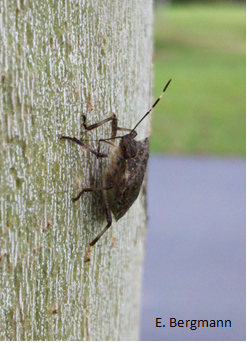
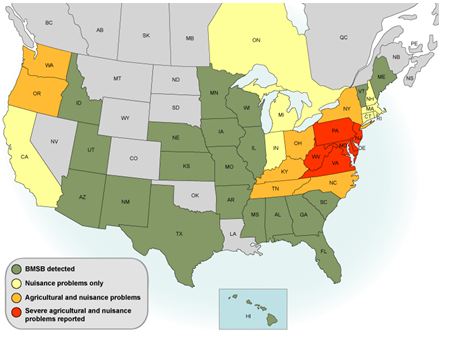
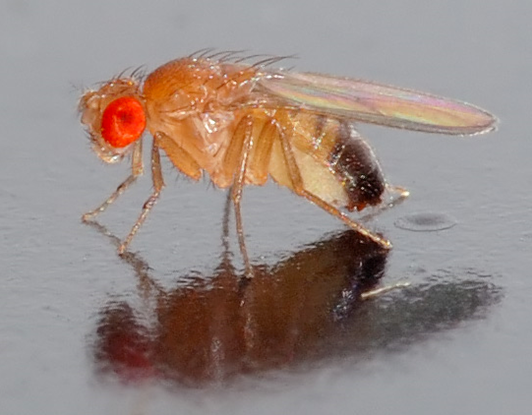

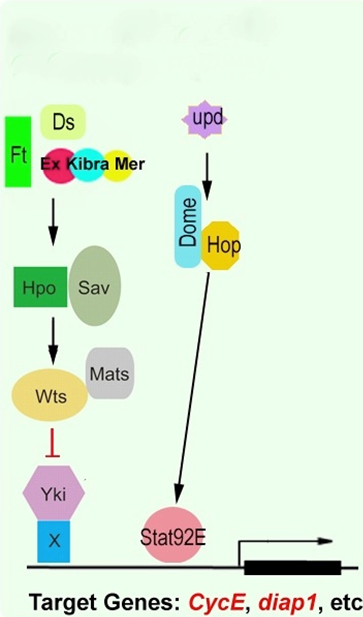
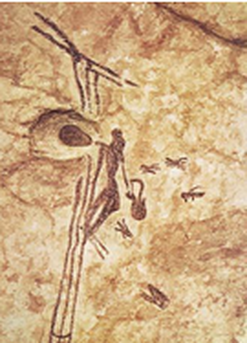
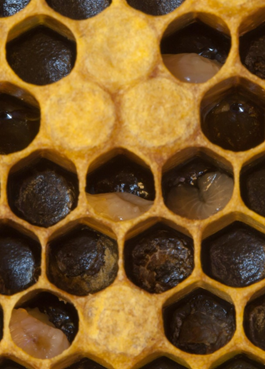
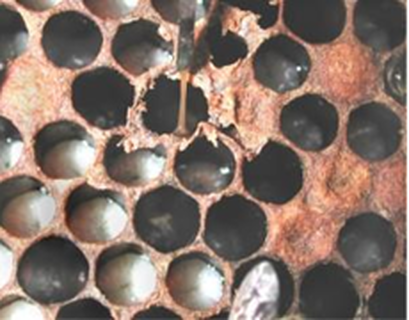
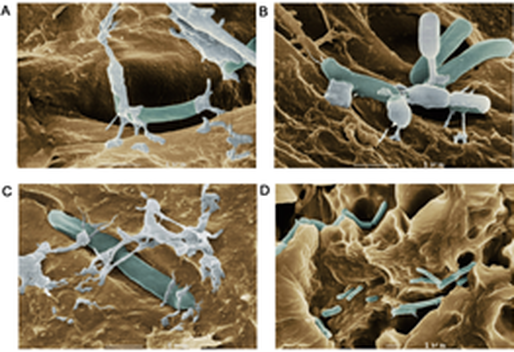
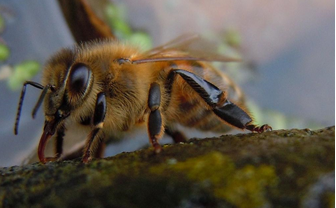
 RSS Feed
RSS Feed




